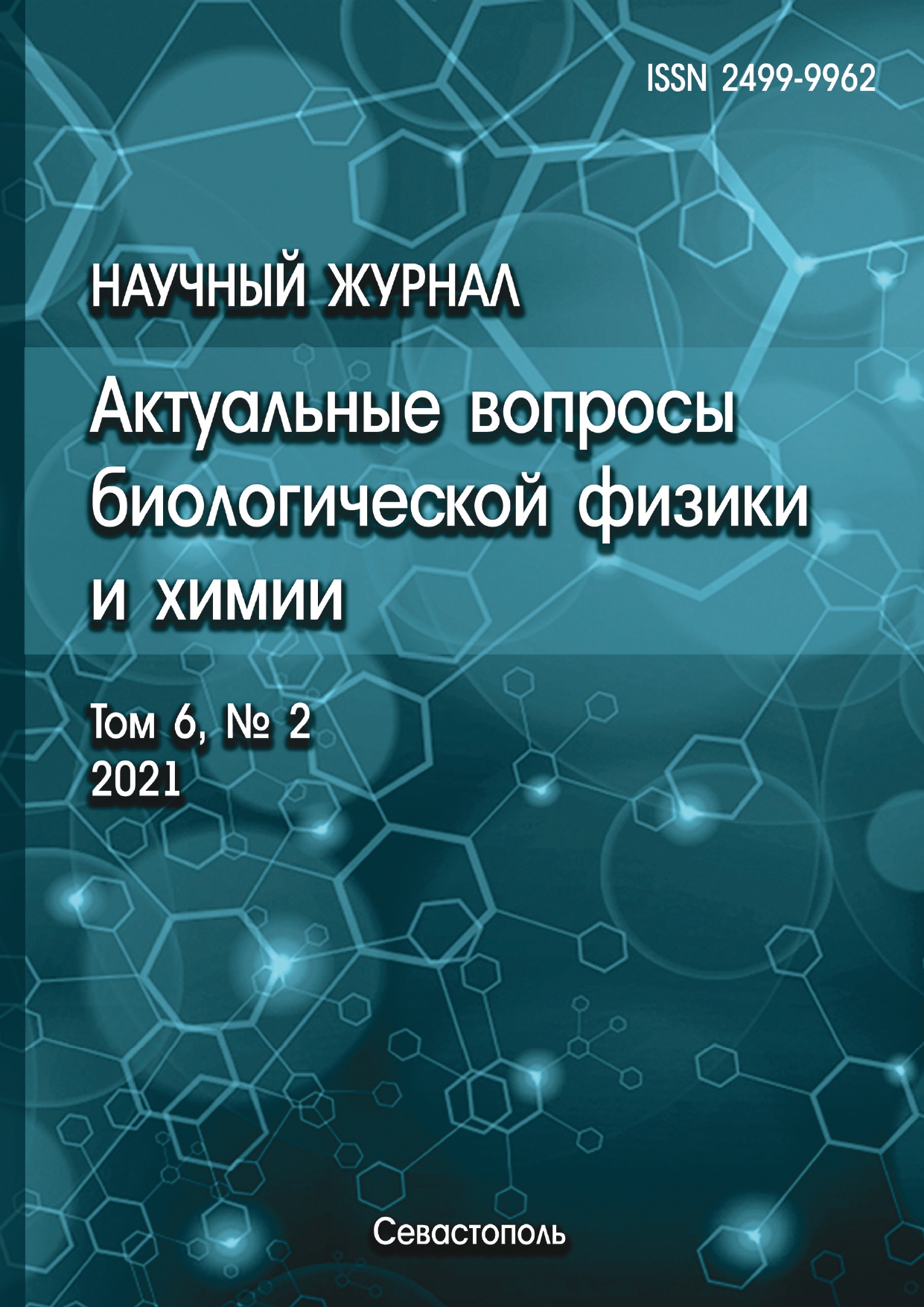Currently, an increasing number of people are filling any pauses by surfing the Internet and watching various entertaining videos, while the necessary rest is replaced by the state of calm wakefulness by the perception and analysis of new information. The aim of this work was to analyze changes in the functional state of the brain during active perception of media content and passive viewing of nature using mathematical methods of processing an electroencephalogram (EEG). The pilot study involved 16 subjects aged 21-25 years, each of them underwent 2 thirty-minute experimental sessions in different days - “active” viewing of videos and “passive” contemplation of nature and forest, during which the EEG was recorded. In addition, the paper analyzes the optimality of the application of methods for processing long-term recordings of an electroencephalogram without dividing it into epochs: the Gilbert transform, the Event-Related Spectral Perturbation (ERSP), the Inter-Trial Coherence (ITC) and the effective electrical activity of the brain regarding the start of stimulation were calculated. Processing and preprocessing, which was implemented with Independent Component Analysis (ICA), were carried out in programs EEGLAB and Brainstorm. As a result, the dynamics of bioelectric activity of the brain were revealed: beta rhythms predominated throughout the work, in the second half of the session the power of the theta rhythm increased; in a passive session, the signal amplitude is less, alpha and beta rhythms prevail, and the power of the alpha activity increases at the beginning of the session, and the beta rhythm - in the second half. Some conclusions were made about the adequacy of the methods used for the analysis of long-term electroencephalogram recordings: the most informative method is the ERSP transform, but the Gilbert transform, in turn, turned out to be very sensitive to the presence of artifacts, since it is based on the envelope extraction.
electroencephalogram (EEG), Independent Component Analysis, functional state, time-frequency analysis, Wavelet transform
1. Nielsen. The Comparable Metrics Report: Q1 2016 [Internet]. 2016. Available from: http://www.nielsen.com/us/en/insights/reports/2016/the-comparable-metrics-report-q1-2016.html
2. Nielsen. The Total Audience Report: Q1 2016 [Internet]. 2016. Available from: http://www.nielsen.com/us/en/insights/reports/2016/the-total-audience-report-q1-2016.html
3. Torkel K. The Overflowing Brain: Information Overload and the Limits of Working Memory: Information Overload and the Limits of Working Memory. Oxford University Press, 2008, 224 p.
4. Andreu-Sanchez C., Martín-Pascual M.A., Gruart A., Delgado-García J.M. Looking at reality versus watching screens: Media professionalization effects on the spontaneous eyeblink rate, 2017., doi:https://doi.org/10.1371/journal.pone.0176030
5. Acqualagna L., Bosse S., Porbadnigk A.K., Curio G., Muller K.-R., Wiegand T., Blankertz B. EEG-based classification of video quality perception using steady state visual evoked potentials (SSVEPs). Journal of Neural Engineering, 2015, vol. 12, no. 2. doihttps://doi.org/10.1088/1741-2560/12/2/026012
6. Druzhilov S.A. Negativnye vozdeystviya sovremennoy informacionnoy sredy na cheloveka: psihologicheskie aspekty. Psihologicheskie issledovaniya, 2018. tom 11, № 59, s. 11. @@Druzhilov S.A. The negative impact of the modern information environment: the psychological aspects. Psikhologicheskie Issledovaniya, 2018, vol. 11, no. 59, p. 11. (In Russ.) EDN: https://elibrary.ru/YLPTCP
7. Lebedeva N.N., Karimova E.D., Potapov V.V., Potapova R.K. Kompleksnoe issledovanie izmeneniya funkcional'nogo sostoyaniya cheloveka pri vospriyatii media kontenta raznoy modal'nosti, 2020. @@Lebedeva N.N., Karimova E.D., Potapov V.V., Potapova R.K.Comprehensive study of changes in the functional state of a person when perceiving media content of different modality (In Russ.)
8. Bertrand O., Tallon-Baudry C. Oscillatory gamma activity in humans: a possible role for object representation.Int. J. Psychophysiol., 2000, vol. 38, iss. 3, pp. 211-223. doi:https://doi.org/10.1016/s0167-8760(00)00166-5
9. Fourier B.A. Hilbert and wavelet-based signal analysis: are they really different approaches? Journal of Neuroscience Methods, 2004, vol. 137, iss. 2, pp. 321-332. doi:https://doi.org/10.1016/j.jneumeth.2004.03.002 EDN: https://elibrary.ru/MAMKZP
10. Le Van Quyen M., Foucher J., Lachaux J., Rodriguez E., Lutz A., Martinerie J., Varela F.J.Comparison of Hilbert transform and wavelet methods for the analysis of neuronal synchrony. Journal of Neuroscience Methods, 2001, vol. 111, iss. 2, pp. 83-98. doi:https://doi.org/10.1016/s0165-0270(01)00372-7 EDN: https://elibrary.ru/LOIORZ
11. Delorme A., Makeig S. EEGLAB: an open source toolbox for analysis of single-trial EEG dynamics including independent component analysis. Journal of Neuroscience Methods, 2004, vol. 134, iss. 1, pp. 9-21. doi:https://doi.org/10.1016/j.jneumeth.2003.10.009










